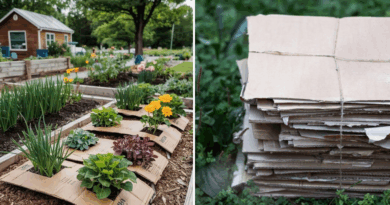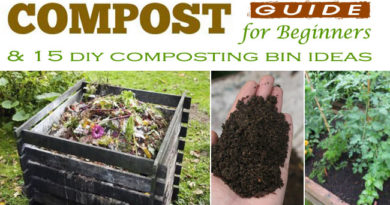8 Surprising Benefits of Scattering Bay Leaves in Your Garden
You probably know bay leaves as something you toss into soups and stews, but here’s the fun part—they’re just as handy outside in the garden. When I first heard someone say they scattered dried bay leaves around their vegetable patch, I honestly thought they were joking. Turns out, bay leaves can actually help with pests, soil health, even mosquitoes. And the best part? You don’t need fancy sprays or expensive products—just the same leaves sitting in your spice rack. Let’s break down the benefits and how to actually use them.
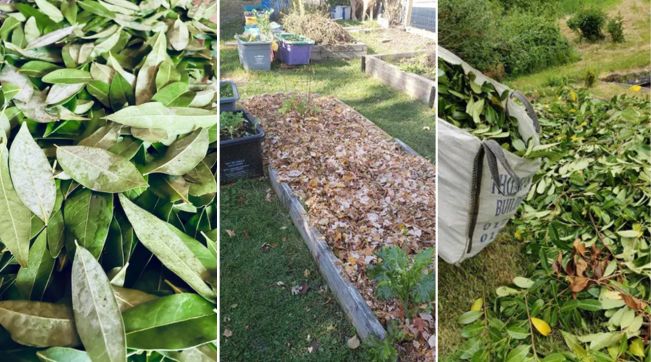
1. Natural Pest Repellent
If ants or cockroaches treat your garden like their playground, bay leaves can help. The scent is strong enough to confuse insects and send them packing without chemicals.
- Crush dried leaves slightly to release more oils.
- Scatter around raised beds, greenhouse corners, or near potted plants.
- Refresh every 2–3 weeks or after rain.
I once tucked some near my lettuce bed and within days the ant highway disappeared. Free pest control, no sprays required.
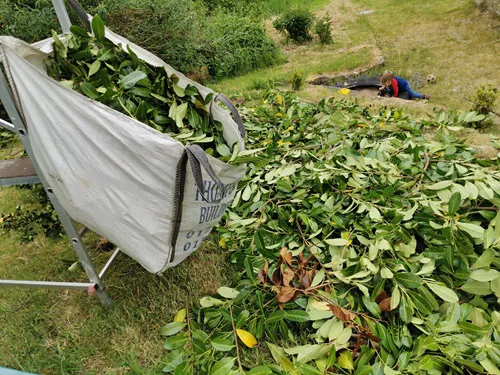
2. Keeping Fungal Issues Away
Powdery mildew, black spots, and fungal blights are tough, but bay leaves release natural antifungal compounds that slow them down.
- Always crush the leaves first—whole ones don’t do much.
- Scatter directly over damp soil where fungus usually appears.
- For pots, mix a couple into the topsoil.
I tried throwing in whole leaves once, looked neat but achieved nothing. Crush them—it’s like flipping their “on” switch.
3. Natural Soil Enrichment
As bay leaves break down, they act like a slow-release fertilizer. They add organic matter and trace minerals, improving soil structure over time.
- Bury a handful under tomato or pepper plants.
- Mix them into compost for a nutrient boost.
- Repeat every month through the growing season.
The following year, the soil where I’d added bay leaves turned darker and crumblier—it was a gardener’s dream to dig into.
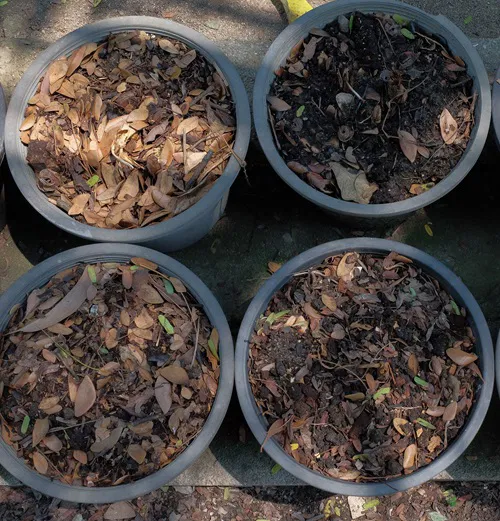
4. Repel Moles and Rodents
Moles, mice, and rats aren’t fans of bay leaves. The strong aroma deters them from nesting or tunneling.
- Push a few dried leaves into mole tunnels or burrow holes.
- Scatter near compost bins or sheds where mice hang around.
- Refresh once a week or after watering.
A friend of mine spent money on pricey repellents before trying bay leaves—these worked just as well for free.
5. Natural Mulch
Bay leaves double as a light mulch that suppresses weeds, locks in moisture, and keeps soil cool.
- Spread a thin layer under plants—avoid piling too thick.
- Combine with grass clippings or straw for balance.
- Top up every few weeks as they slowly decompose.
Bonus: they smell a whole lot better than soggy mulch. Trust me, I’ve had both.
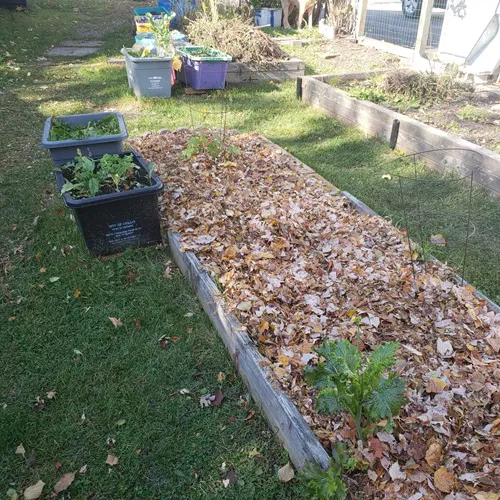
6. Mosquito Repellent
Nothing ruins a summer evening like mosquitoes. Luckily, they hate the smell of bay leaves.
- Scatter crushed leaves near outdoor seating.
- Toss a handful into a fire pit or barbecue—the smoke keeps bugs away.
- Replace before every gathering or cookout.
I tried it once during a barbecue and for the first time I wasn’t eaten alive. Total win.
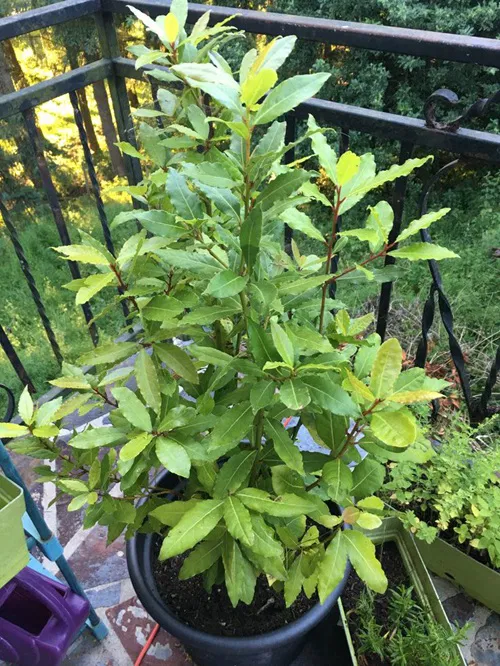
7. Fresh Garden Aroma & Relaxing Vibes
This one’s more about you than the plants. Scattered bay leaves release a clean, herbal scent that makes the garden feel calming and fresh.
- Spread along pathways or patios for a gentle fragrance.
- Mix with rosemary or lavender for an outdoor “potpourri.”
- Replace every couple of weeks when the scent fades.
Walking past, it kinda feels like stepping into a spa—except you’re still in muddy boots.
8. Helping Compost Break Down Faster
Bay leaves are surprisingly useful in compost—they help neutralize odors and speed up decomposition.
- Always crumble or crush before tossing in.
- Mix evenly with kitchen scraps to prevent clumping.
- Use a handful with every new layer of compost.
I once added them to balance out smelly veggie scraps, and the difference in odor alone was worth it. The finished compost turned out richer, too.
Quick FAQs About Bay Leaves in the Garden
Do fresh or dried bay leaves work better?
Dried leaves release aroma more consistently, but fresh ones can work if crushed well. I usually dry them first for longer effect.
Will bay leaves hurt plants?
Nope. They break down slowly but are harmless to plants. Just don’t pile them too thick, or airflow around the soil might suffer.
How often should I scatter bay leaves?
Every 2–3 weeks is a good rhythm. Rain and watering will wash away the oils, so top up regularly for best results.
Can I put bay leaves directly in compost?
Yes, but crush them first so they break down faster. Whole leaves can take ages to decompose on their own.

